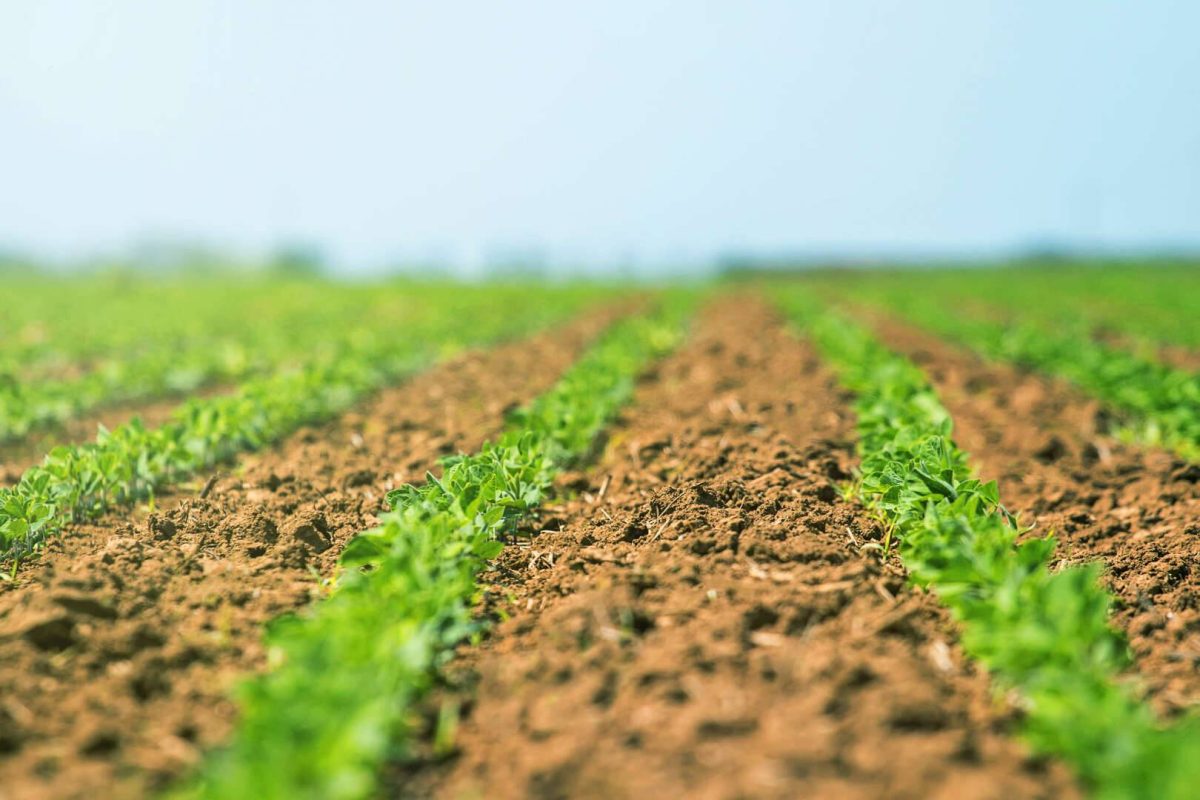Elevating Food Plots with Frost Seeded Clover and Alfalfa

Elevating Food Plots with Frost Seeded Clover and Alfalfa
Clover and alfalfa are both excellent choices for deer and other wildlife. Clover and alfalfa are cool-season legumes that grow well during cool soil seasons, like spring and fall, and also thrives in the summer. They are one of the best perennial food sources for deer and offer birds prime habitat as well. Both clover and alfalfa are beneficial almost all year round. They are of the first food sources to begin to green-up in the spring, providing habitat and food for wildlife in the spring and summer, and can withstand a couple of frosts. In fact, deer will paw through the snow to get to clover and alfalfa.
Alfalfa is a high-quality forage that is rich in protein and minerals. Alfalfa is a perennial plant that can last for several years if properly managed. It is a great source of nutrition for deer and other wildlife, and it is often used in food plots to attract and hold game animals. In fact, a green alfalfa field in the first couple of months of bow season is hard to beat. Every property should have either clover or alfalfa on it to maximize its potential. Even if you can only seed a small area, you should do so. Both clover and alfalfa are easy to establish and maintain. They can be planted using a variety of methods, including frost seeding.
How Do I Frost Seed?
Frost seeding involves scattering seeds on the ground’s surface, harnessing the natural freeze-thaw cycles typical of late winter and early spring in regions like Iowa. Ideally, the site should have minimal vegetation on it. So, you should have sprayed a herbicide to kill the grass and weeds, or at minimum, you can brushcut or mow the area. Before spring, depending on your area, the ground might be pretty exposed, which will be favorable to let the seed get to the soil. As temperatures fluctuate, the freeze-thaw process aids in driving the clover or alfalfa seeds into the soil. When the temperatures warm during the day time, the ground gets soft and as temperatures fall in the evening, the ground re-freezes. This repeated freezing and thawing of the snow, ice, and ground allows the seed to work its way into the soil. Frost seeding works especially well on small seeds and can get great seed-to-soil contact. This method is typically executed in Iowa during the months of February and March. For those lacking specialized equipment, the process can be carried out manually or with the assistance of a broadcaster.
Seeding Guidelines
To ensure a thriving clover stand, it is essential to adhere to appropriate seeding recommendations. The Natural Resource Conservation Service (NRCS) prescribes specific seeding rates, recommending four lbs./acre of pure live seed (PLS) for white clover, two to three lbs./acre for Ladino clover, and four to six lbs./acre for red clover. Striking the right balance in seeding rates is crucial, as excessive seeding can lead to unhealthy competition among plants, while insufficient seeding may result in a suboptimal clover stand.
If you want a field consisting solely of alfalfa, you should broadcast 18-20 lbs./acre of pure live seed. If you want a blend of alfalfa and clover, or alfalfa with a different companion, you can drop the broadcasting rate to 15 lbs. or less. The initial cost of the seed can seem a little expensive for a food plot. However, if you maintain the food plot, and minimize competition, it can last for several years.
Maintaining Clover and Alfalfa
You need to have a plan to maintain your clover and alfalfa throughout the spring and summer months. There are two ways that work very well to help you with this. You can use machinery to keep the grasses and weeds out of your clover, or you can use spray to keep grasses and weeds out of your food plot. If you do let it go, grass can choke out your food plot and leave you with few plants. Grass is especially competitive with clovers. By cutting down these grasses, allows for sunlight to penetrate the clover canopy, encouraging a thriving plant. Furthermore, regular mowing acts as a barrier against grasses depositing their seeds into the food plot, averting potential competition.
You should plan to mow or spray your food plot at least twice a year. Once around late May or June, and once in August. You can for sure mow or spray more, but that depends on your time. If you stop mowing before September, you will keep the plants small and tender, but also allow for regrowth before the hard frosts come and stop growth.
Reaping the Benefits
As you plan your food plot strategies this winter, consider elevating your food plots with frost seeded clover and alfalfa. With a little equipment and investment of time, you can plant and maintain a luxurious clover or alfalfa food plot. If planted without maintenance, grass and weeds will take over the food plot and choke out the clover. With a little mowing and/or the assistance of herbicides, you can have a long-term food plot that will thrive and last for years. Clover and alfalfa will help you hold and attract neighboring wildlife to your hunting property. Whether your goal is to feed and support the local wildlife, or planning an exciting hunt, planting clover food plots on your hunting property should be a priority. In the past, they have been some of my favorite food sources to hunt. I’m sure you will agree that adding clover or alfalfa will definitely improve your hunting experiences, let you see more wildlife, and ensure you have a fun and enjoyable hunt.
By Jessica Graham
March 2024
Here is more Property Management Ideas that could help out
Here is this month’s digital version of the Iowa Sportsman
Or if you were looking for our Cattle/Dairy side of things

